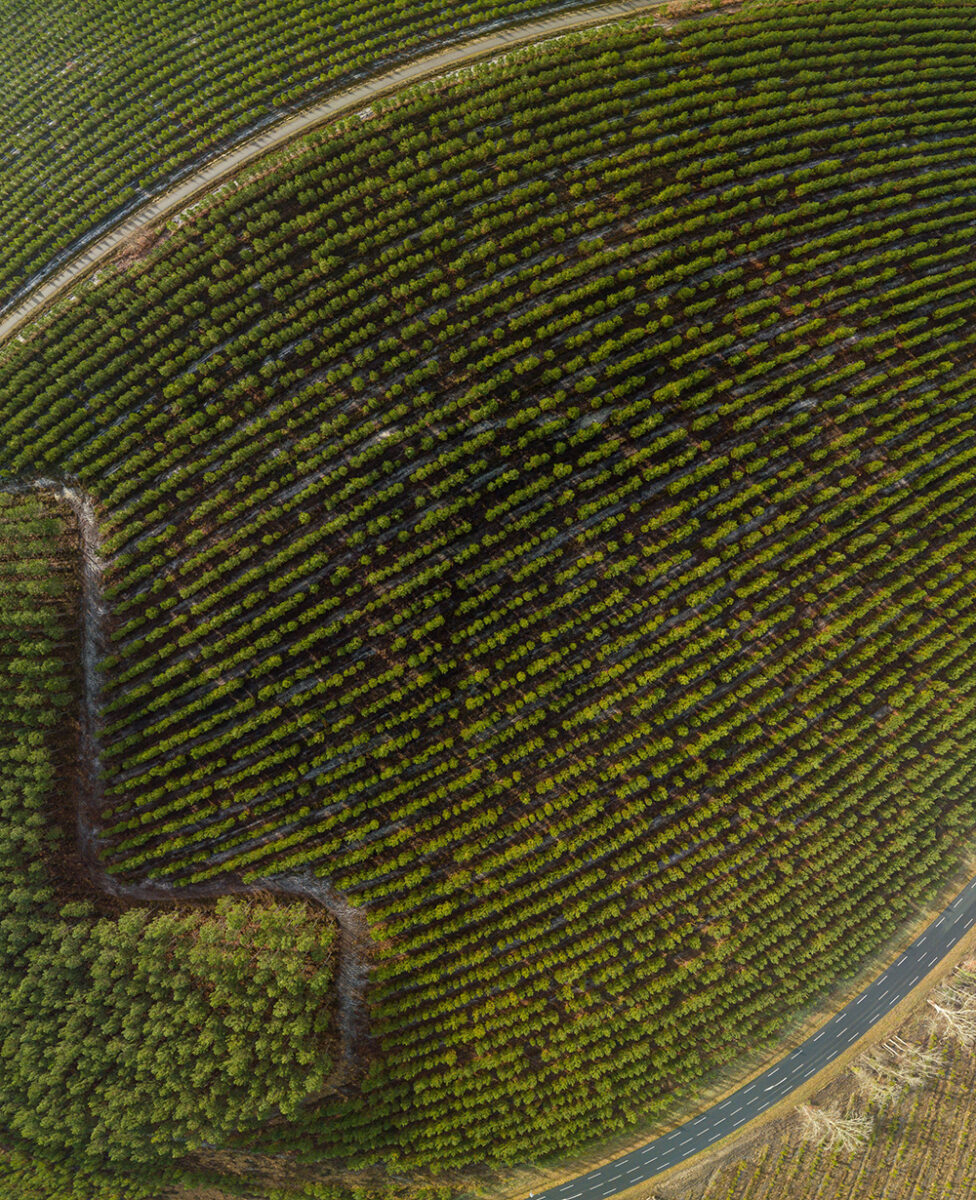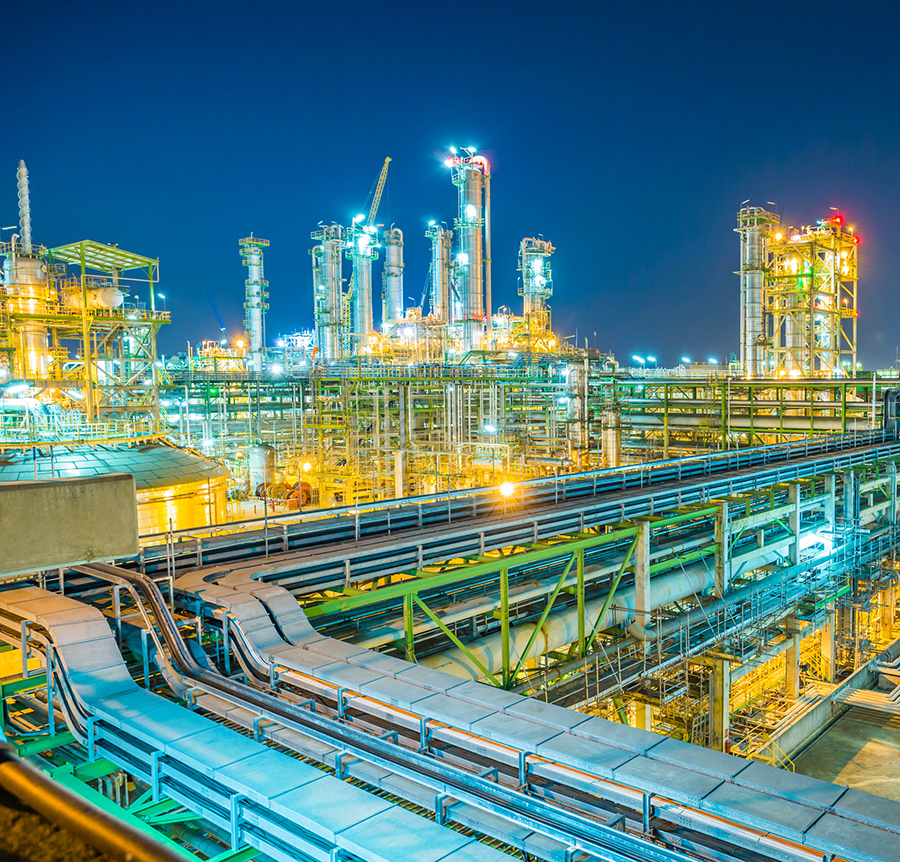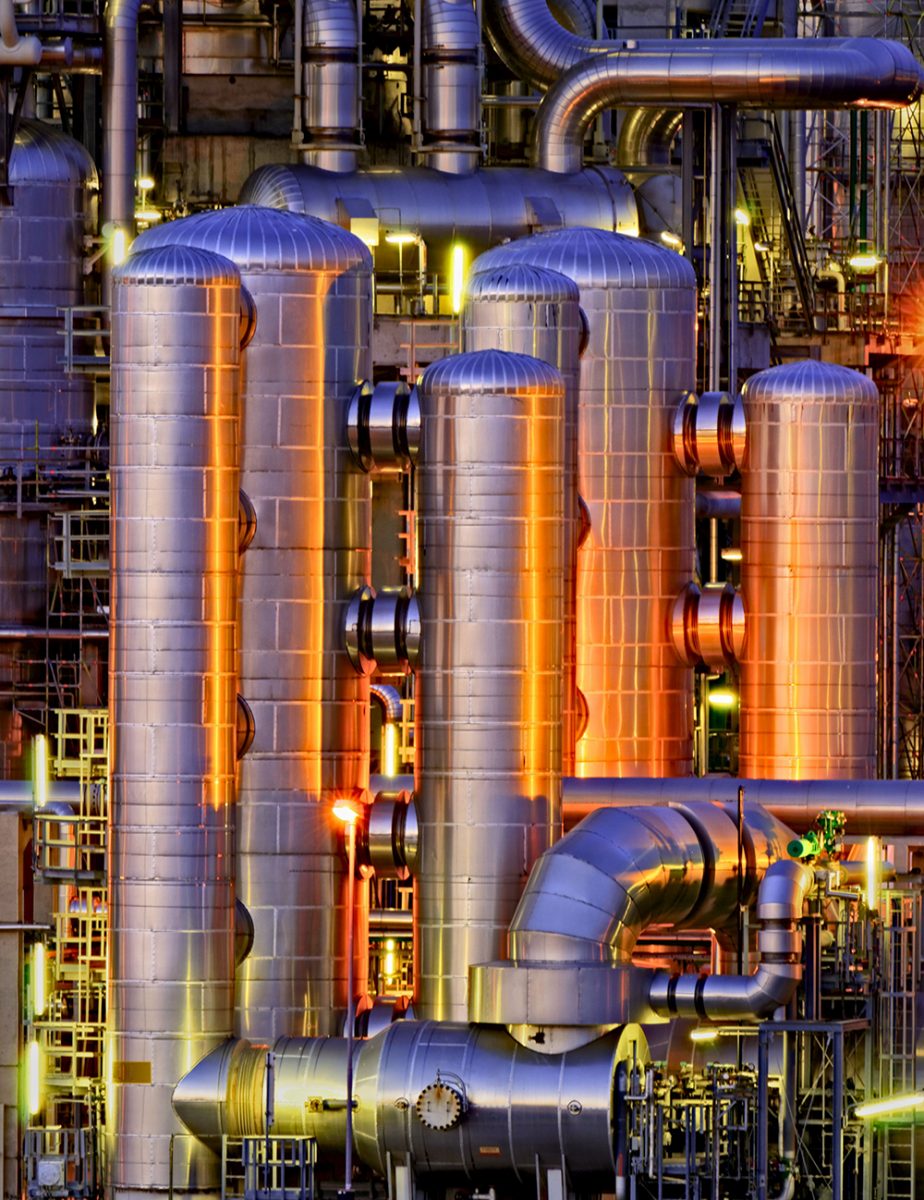We Create Renewable Fuel from Wood Waste
USA BioEnergy has selected technologies and suppliers who have demonstrated a long history of substantial success in the field. Our wood waste to fuels engineering and analysis was created by the late Dr. Kym Arcuri, a world renown refinery process engineer working in concert with our fuels expert Dr. Robert Freerks.
There are several demonstration plants that have successfully converted woody biomass to liquid fuels via gasification and Fischer Tropsch technology. Woody biomass is an ideal feedstock because it’s easy to achieve uniformity, which is optimal for gasification, and it’s abundantly available. Wood waste is also easier to convert to liquid fuels because it contains fewer contaminants and tars.
The wood waste feedstock is gasified, with subsequent gas conditioning, cleaning of the raw synthesis gas (syngas) and adjusting of the composition of the syngas in preparation for downstream synthesis of Fischer-Tropsch liquids. Prior to synthesis, CO2 and sulfur compounds are removed in the acid gas removal step. The captured CO2 is compressed and transported via pipeline to permanent geologic storage deep underground. Following synthesis, the crude product (syncrude) is refined into finished renewable diesel (RD) or sustainable aviation fuel (SAF) and Naphtha (a gasoline blendstock).
Full scale development is now possible thanks to State LCFS, US federal RIN credits, and 45Q tax credits, along with other government loan programs, which provide the financial incentives necessary to make building an advanced biorefinery possible.
Once our first commercial scale plant is under development, the costs for engineering, creating construction specifications and plans, are reduced, optimizing the development time for the next plants.
Woody biomass is converted in our gasifiers to a blend of volatile gases.
The “syngas” is then converted to liquid fuel through a series of cleanup processes.
The reformed gas is condensed into liquid form as diesel or SAF and naphtha.
Carbon capture and sequestration is used giving us a negative carbon intensity score.
Biomass to Liquid Fuel
Carbon-based biomass to fuels design begins with a process block (flow) diagram. The solid feedstock (woody biomass) are first gasified in oxygen and steam, with subsequent gas conditioning that includes cleaning of the raw synthesis gas (syngas) and in some cases adjusting the composition of the syngas in preparation for downstream synthesis of Fischer-Tropsch liquids (FTL). Prior to synthesis, CO2 and sulfur compounds are removed in the acid gas removal step. In the USA BioEnergy process, the CO2 is captured and transported for geologic storage (CCS). Following synthesis, the crude product (syncrude) is refined into finished (renewable) diesel or sustainable aviation fuel (SAF) and gasoline blendstock (Naphtha).
The combination of gasification and Fischer Tropsch is common, with several demonstration plants that have successfully converted woody biomass to liquid fuels via gasification and Fischer Tropsch technology. Woody biomass is easier to convert to liquid fuels than coal because it has fewer contaminants and tars. The move from coal to wood as a feedstock is simply replacing one carbon based feedstock for another.


Gasification
The production of biomass gas, called gasification, is based on a method developed in the early 1800s to produce gas from coal for town streetlights in both England and the United States. And since the 1940s, in over a million homes in India, people have cooked with biomass gas made in their own small gasifiers.
Gasification is a process that converts biomass- or fossil fuel-based carbonaceous materials into gases, including as the largest fractions: nitrogen (N2), carbon monoxide (CO), hydrogen (H2), and carbon dioxide (CO2). This is achieved by reacting the feedstock material at high temperatures (typically >700 °C), without combustion, by controlling the amount of oxygen and/or steam present in the reaction.
CO2 will be captured for geologic sequestration.
The Fischer–Tropsch Process
The Fischer–Tropsch process converts carbon monoxide and hydrogen into fuels that can be substituted for petroleum products. The reaction uses a catalyst, generally iron or cobalt, and is fueled by the partial oxidation of wood-based fuels such as syngas, coming from an adjacent gasifier. This process produces “green fuel”.
Upgrading
Many refinements and adjustments to the technology have been made, including catalyst development and reactor design.
The clean syngas leaving the gasification island is sent to the FT synthesis island, where it’s converted into wax, hydrocarbon condensate, tail gas, and reaction water. The wax is sent on to an upgrading unit for hydrocracking in the presence of hydrogen, where it is chemically split into smaller molecular weight hydrocarbon liquids. A hydrogen recovery unit is used to extract the required quantity of hydrogen from the tail gas, or alternatively from the feed syngas stream.
The reaction products, along with those from the upgrading section, are fractionated into the final products of renewable diesel or sustainable aviation fuel, and naphtha.

Follow
Address
7440 E Pinnacle Peak Rd.
Suite 140
Scottsdale, AZ 85255
Contact
We are not accepting vendor or supplier inquiries or resumes at this time.
Follow our social media channels where we'll announce requests for bids or applications.
